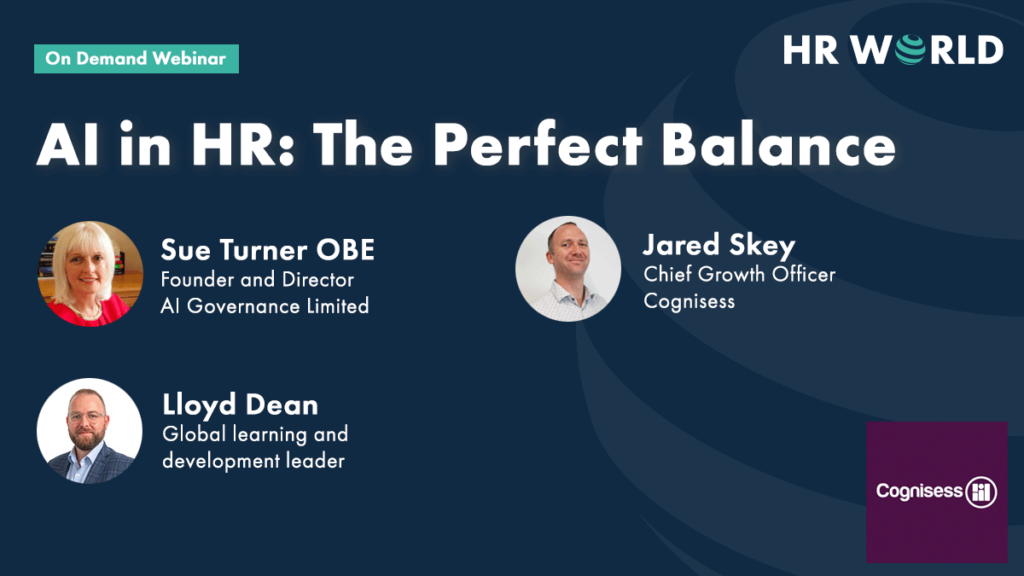Home » Knowledge Hub » Legal » Legal Column: Law for the new world of work with Anna Elliott
Legal Column: Law for the new world of work with Anna Elliott
11 May 2020 Legal

As England emerges from another lockdown and Christmas approaches, the impact of the pandemic remains prevalent and will continue into 2021. Many employers are facing challenging decisions as they plan workforce requirements now and going into next year.
Furloughs and redundancies
To further assist employers and help prevent redundancies as the pandemic continued, the Government reversed its firm stance on the furlough scheme expiring on 31 October and made a last-minute announcement to extend the scheme until 31 March 2021.
While many furloughed employees had already been made redundant in advance of the cliff edge date, the extended scheme permitted those who had been made redundant on or after September 23, 2020 to be re-employed and put on furlough.
Although businesses have come under pressure from redundant and current employees and market competitors in light of this, it is a decision for the employer to make at their absolute discretion.
These considerations include:
– Reflecting on the viability of the role in the future. With the current expiry of the CRJS, supposedly in March, will the role still be sustainable without Government support? Businesses should therefore be asking themselves, if they envisage business increasing, whether they have carried out a restructuring programme, and whether they can afford an increase in relation to employer contributions should guidance change in the scheduled January 2021 review. Employers should remember that whilst the Government currently covers 80% of unworked hours (subject to the cap), employers will still have to cover the additional costs of NIC and pension contributions.
– Reputational risks within their sector should they neglect the opportunity to rehire. Employers may also face scrutiny from current employees in two respects. On the one hand, current employees will want to see the return of their colleagues, as well as the indication that their employer genuinely cares about its workforce during this tough time. Alternatively, existing employees who have taken pay cuts and been placed on furlough themselves, may now see others returning to the workforce on furlough but with the benefit of a redundancy payment – how will this impact employee morale?
– As ever, transparency and communication will be vital in ensuring protection of brand reputation and taking the correct measures to protect both the business and employee relations.
Remote and atypical working
With many employees working remotely for nearly nine months now, employers are also assessing their office needs and working arrangements going forward.
We have seen a significant shift in workers wanting more flexibility around how, where and when they work and they expect to be listened to.
This requires a careful assessment of staffing needs based on current and future work projections; and a review of internal policies (such as flexible working etc.).
We anticipate that the events this year will trigger a seismic shift in traditional full-time office based working. This is combined with the pre-Covid rise in popularity of temporary/contingent working which looks likely to continue after the pandemic. As employers look to replace full time permanent employees with contingent workers, both to use expertise available in the market and as a cost saving measure.
Diversity and wellbeing
Covid-19 has a disproportionate impact on employees with protected characteristics. This includes employees with caring responsibilities, from ethnic backgrounds or with health conditions placing them at higher risk. It has also impacted neurodiverse employees who have struggled more with disconnection from their working environment.
This has resulted in a return to a stronger focus, by necessity, on workforce inclusion across the board as businesses adapted to workforces working from home. Wellness took on a whole new meaning with employers supporting workers through personal and professional disruption and the strong public profile of the Black Lives Matter movement, further demonstrating that businesses have to address diversity and inclusion.
As this situation continues to evolve, it remains important to keep up to date with Government guidance and remain open and flexible to developments and changes which are likely to occur in the coming months. Looking forward to 2021 and beyond, employers should focus on the key issues that will impact the business in the future by putting them on their radar now.



































